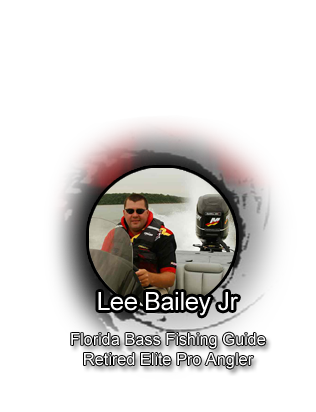Lees Seasonal Approach Guide is a system I’ve adapted to help find bass on unfamiliar waters. As a retired touring pro, I fished all kinds of lakes and rivers in many regions throughout the year. Obviously, I didn’t have time to become intimately familiar with each of these venues prior to tournament competition. You only have three practice days to unlock the secrets of a large river system. You will need some guidance to help you quickly get on a viable fish catching pattern. Lees Seasonal Approach provides that information, regardless of where or when I’m fishing. It helps me make educated guesses about where bass are most likely to be. Along with knowing where bass are at any given time of the year. It’s a system that quickly eliminates unproductive water and helps me home in on areas holding the most bass.
“I actually begin fishing a fall pattern when the water has cooled 10 degrees. Once below its hottest point of the summer it really begins”.

Lees Seasonal Approach for Fall: 75 to 55 degrees
The concept operates on the theory that at any given time bass in a given river current system will be on certain key types of structure. Of course, not all bass will adhere to this “rule.” I could probably catch some bass off flats or in shallow bays in winter. If I spent long enough trying. Yet in a tournament, I’m better off spending my limited fishing time in high percentage areas. The Seasonal Approach gives me the general direction I need to form a fish catching pattern quickly. How well I fine-tune this generalized pattern during competition determines how high I’ll finish in the standings.
I learned early in my fishing career that bass relate to the different seasons very predictably. Once you understand that the seasons are part of the foundation to a bass’s life. You too will be able to catch them more consistently.
A very important part to consistently catching bass. Understand what role the different seasons play in the lives of the elusive bass. Having a strategy to the seasonal developments will allow you to have an understanding of seasonal movements.
Lees Seasonal Approach Guide is a system
I actually begin fishing a fall pattern when the water has cooled 10 degrees. This can vary greatly from river to river. A rapid temperature drop is best. This can really put bass on the move from deep main river structure to shallow water. Bass react to cooling water by moving shallower to big flats, long points with a gradual taper, and tributary arms.
A rapid temperature drop is best. This can really put bass on the move from deep main river structure to shallow water.

As surely as the seasons change, the behavior and location of bass change. As summer passes into fall and fall into winter. Unfortunately, the exact changes the bass makes often seems as unpredictable as the fall weather.
From a fishing standpoint, “fall” starts when summer fishing patterns start to dissolve and ends when stable, winter patterns begin. It’s a period of constant adjustment, basically because it’s a period of nearly constant change.
I actually begin fishing a fall pattern when the water has cooled 10 degrees
Simply, river systems offer the most predictable option. The key to staying in contact with bass. Knowing they move through the fall cycles is having some idea where the bass are coming from. As Well as knowing where they are headed.
Bass are more baitfish – oriented now than in any other season. Look for large schools of shad, alewives, etc., on your graph. In most river reservoirs, cooling water causes vast numbers of shad to migrate. Their first stop is to move into tributary arms, and bass are close behind. Follow this migration by fishing the first third of creek arms in early fall. Then gradually pressing farther back into the tributary as the surface temperature drops. I’ll often idle my boat up a creek arm. Closely watch your graph for suspended shad schools or looking for bait flipping on the surface. Isolated wood cover or boat docks in the backs of creek arms are dependable fall bass patterns. In lakes that don’t have shad, bass feed heavily on bluegill and shiners, both grass-oriented species, so target weedy areas.



